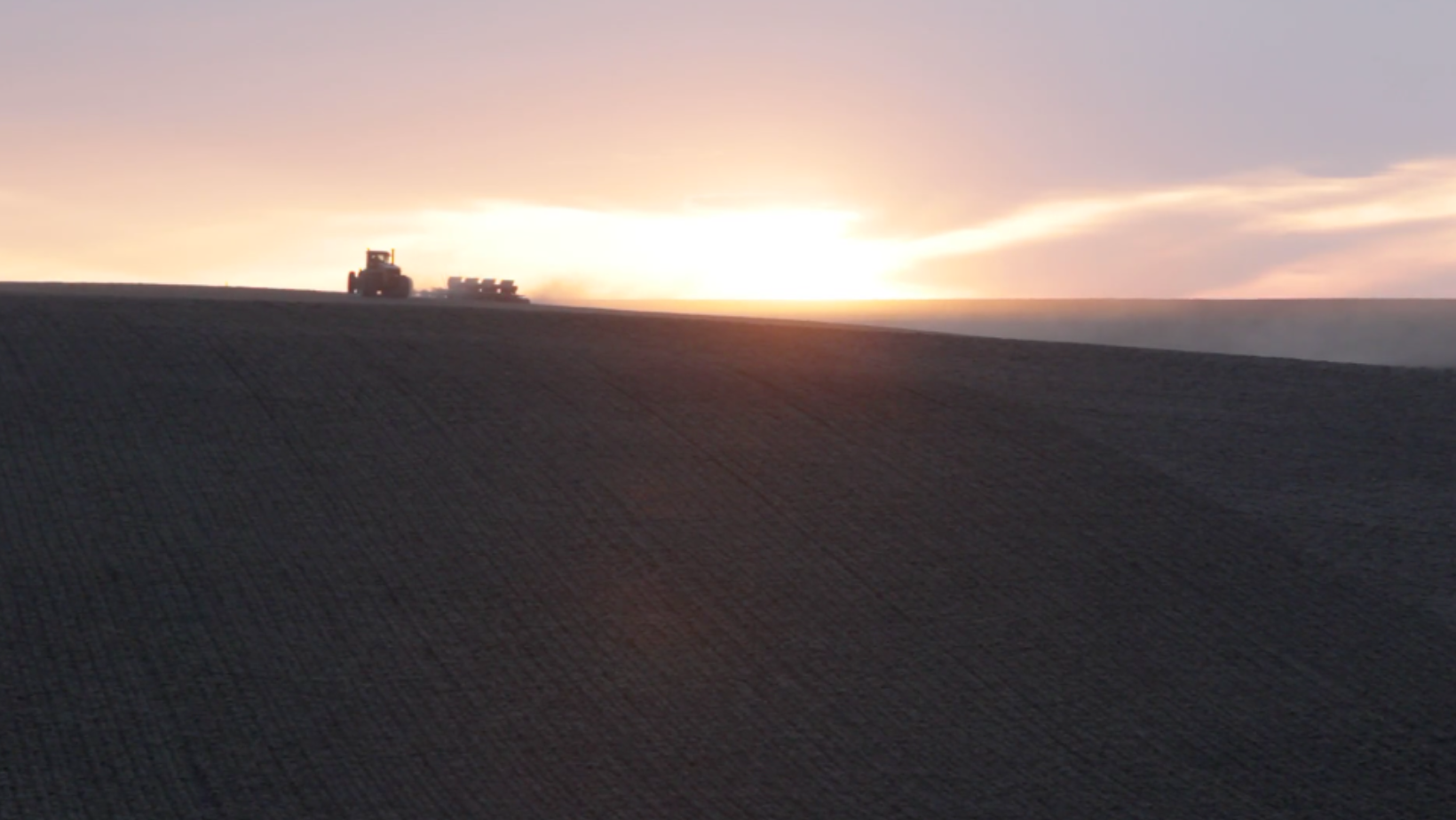The Crops on the Field Go Round and Round
Have you ever noticed that one farm field may grow several different crops? Even if wheat is a farmer’s primary crop, that farmer may also plant the same field with a series of other crops — such as lentils, garbanzo beans and dried peas — as growing seasons change. This sequential planting of different crops on the same piece of land is called crop rotation.
Why rotate crops?
Crop rotation is a scientific and proactive method for farmers to manage their land and improve soil health. Benefits of crop rotation include:
Soil structure: Different species of plants have different root structures and grow to various depths. Soil that has been shaped by several different root systems allows for better water infiltration and drainage.
Disease and pest management: Continuously planting the same crop in the same place allows crop-specific diseases and pests to thrive. A wheat farmer who rotates wheat with other crops like canola can break up wheat-borne issues in the soil.
Fertility: Life in the soil thrives on variety. When a wheat farmer plants a nitrogen-fixing crop, such as lentils or peas, it improves the soil naturally.
Erosion control: By replanting a field with a different crop after wheat is harvested, farmers help reduce erosion. Instead of a field of loose soil that’s exposed to wind and precipitation, fields are covered with a series of different crops that hold soil in place.
Crop yield and profitability: Through a combination of all the benefits above, crop rotation can ultimately lead to higher yields and profitability. For example, some farmers have found that adding an oilseed crop like canola to their rotation offers its own economic value and may contribute to higher wheat yields.
Developing a crop rotation plan
Each crop grown in a rotation is part of a larger crop production system. Farmers set goals for what they want their crop rotation to accomplish. Then they develop rotation plans, maps and sequences for each section of their farm to achieve them.
A simple crop rotation may be a sequence of two or three crops. A complex rotation plan may involve a schedule of five or even a dozen different crops planted methodically over the course of several years.
Rotations are as important as sunshine, water and nutrients to our farmers. They are one of the most important practices that help set Washington apart and allow us to grow safe and healthy food.
Check out this short video to learn more about crop rotations and why they matter.

